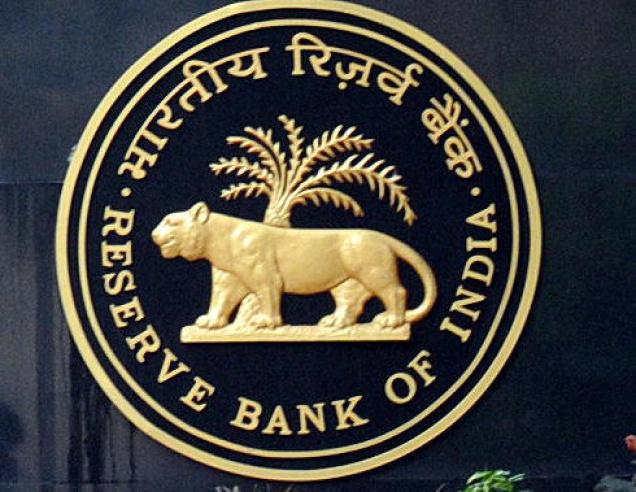
Every six months the Reserve Bank of India (RBI) publishes a document titled the Financial Stability Report . In the December 2011 report, it pointed out that at 55 per cent, loans to the power sector constituted a major part of the lending to the infrastructure sector. It further said that restructured loans in the power sector were on their way up.
Restructured loans are essentially loans where the borrower has been given a moratorium during which he does not have to repay the principal amount. In some cases, even the interest need not be paid. In some other cases, the tenure of the loan has been increased.
This was nearly five and a half years back, and the first time the RBI admitted that there was a problem in the bank lending to the power sector. In the December 2012 report, the RBI said: “There are also early signs of corporate leverage rising among the several industrial groups with large exposure to infrastructure sectors like power.”
When translated into simple English this basically means that many big industrial groups which had taken on loans to finance power projects had borrowed more money than they would be in a position to repay.
In the years to come by, other sectors along with the power sector also became a part of the RBI commentary on loans which were likely not to be repaid in the future. In the June 2013 report, the central bank said: “Within the industrial sector, a few sub-sectors, namely; Iron & Steel, Textile, Infrastructure, Power generation and Telecommunications; have become a cause of concern.”
In the December 2013 report, the RBI said: “There are five sectors, namely, Infrastructure [of which power is a part], Iron & Steel, Textiles, Aviation and Mining which have high level of stressed advances. At system level, these five sectors together contribute around 24 percent of total advances of scheduled commercial banks, and account for around 51 per cent of their total stressed advances.”
Dear Reader, the point I am trying to make here is that the RBI knew about a crisis brewing in the industrial sector as a whole, and power and steel sector in particular, for a while. In fact, in the June 2015 report, the RBI pointed out: “the debt servicing ability of power generation companies [which are a part of the infrastructure sector] in the near term may continue to remain weak given the high leverage and weak cash flows.”
The funny thing is that while the RBI was putting out these warnings, the banks were simply ignoring them and lending more to these sectors. Between July 2014 and July 2015, banks gave out Rs 86,500 crore, or 71.5 per cent, of the Rs. 1,20,900 crore that they had lent to industry to the two most troubled sectors, namely, power and iron and steel.
What was happening here? The banks were giving new loans to the troubled companies who were not in a position to repay their debt. These new loans were being used by companies to pay off their old loans. A perfect Ponzi scheme if ever there was one. If the banks hadn’t given fresh loans, many of the companies in the power and the iron and steel sectors would have defaulted on their loans.
Hence, the banks gave these companies fresh loans in order to ensure that their loans didn’t turn into bad loans, and so, in the process, they managed to kick the can down the road. In the process, the loans outstanding to these companies grew and if they were not in a position to repay their loans 2-3 years back, there is no way they would be in a position to repay their loan now.
Many of these projects, as Raghuram Rajan put it in a November 2014 speech, “were structured up front with too little equity, sometimes borrowed by the promoter from elsewhere. And some promoters find ways to take out the equity as soon as the project gets going, so there really is no cushion when bad times hit.”
The corporates brought in too little of their own money into the project, and banks ended up over lending. Over lending also happened because many promoters in these sectors were basically crony capitalists close to politicians to whom banks couldn’t say no to.
Over and above this, the steel producers had to face falling steel prices as China dumped steel internationally. In case of power producers, plant load factors (actual electricity being produced as a proportion of total capacity) fell. Along with this, the spot prices of electricity also fell. This did not allow these companies to set high tariffs for power, required for them to generate enough money to repay loans.
All these reasons basically led to the Indian banks ending up in a mess, on the loans it gave to power and iron and steel prices.
The RBI has now put 12 stressed loan cases under the Insolvency Bankruptcy Code, in the hope of recovering bad loans from these companies. Not surprisingly, steel companies dominate the list.
The column originally appeared in the Daily News and Analysis on June 23, 2017.


 Source: RBI Annual Report
Source: RBI Annual Report